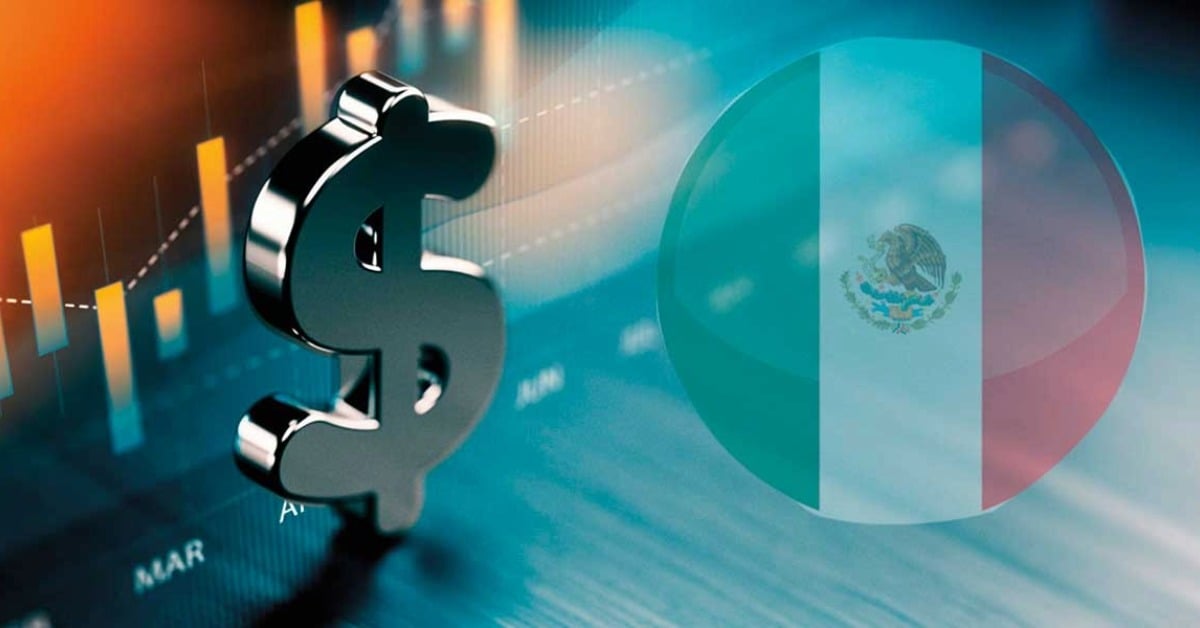New data reveal the Mexico economy shows resilience with 0.7% sequential growth, 1.2% annual GDP gain and a 10.6% export surge in Q2 2025 . . .

New data reveal the Mexico economy shows resilience with 0.7% sequential growth, 1.2% annual GDP gain and a 10.6% export surge in Q2 2025 . . .
